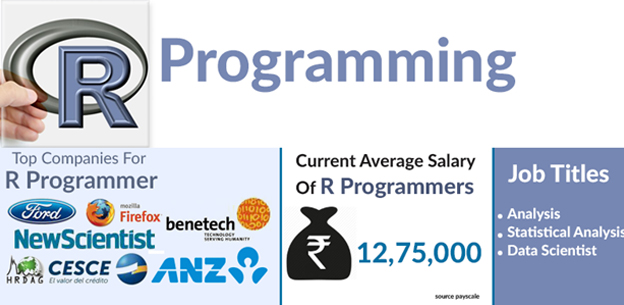 +91 75501 66012
+91 75501 66012  contact@greenstechnologys.com
contact@greenstechnologys.com

Data Analytics with R makes you an expert in R programming, Exploratory Data Analysis, Data Manipulation, Data Mining, Machine Learning Algorithm (Regression, classification), Data Visualization, Sentiment Analysis, Text Mining, Image processing and web application using R Studio. R training lets you learn R programming language that is deployed for varied purposes like graphics representation, statistical analysis and reporting. With this online R Programming & data analysis training you will be able to get a clear understanding of the core concepts, import data in various formats for statistical computing, data manipulation, business analytics, machine learning algorithms and data visualization. You will learn about the various functions, data structures, variables and flow of control. Learn how to go about doing R integration with Hadoop through practical R exercises.
Mon – Fri ( 6 Weeks ) | 06.30 AM - 06.30 PM Time (IST) (any 2 hours)
Sat – Sun ( 8 Weeks ) | 07.30 AM - 7:30 PM Time (IST) (any 3 hours)

By the end of this Data Analytics course, you will be able to
The Data Analytics with R, is designed for everyone who wants to enhance their technical skills in data-wrangling/manipulation, Machine learning and data visualization.
The following professionals can take this course
No prior programming skills or statistical knowledge or experience required. Only a strong desire towards your goal!